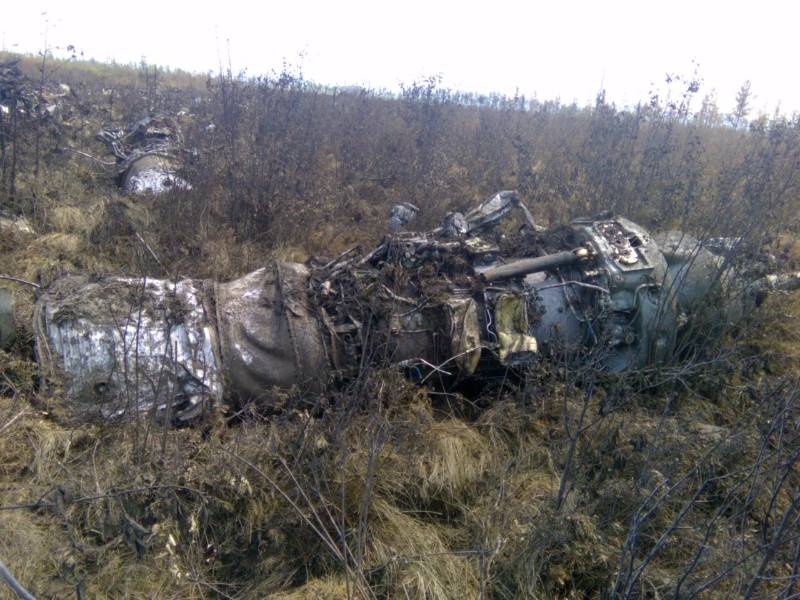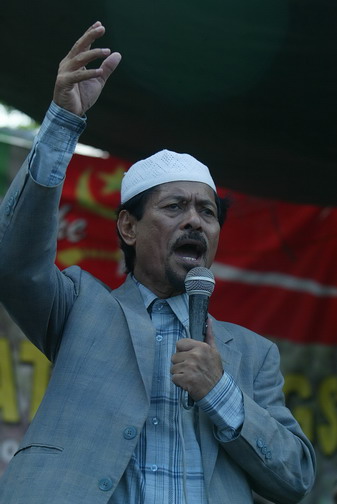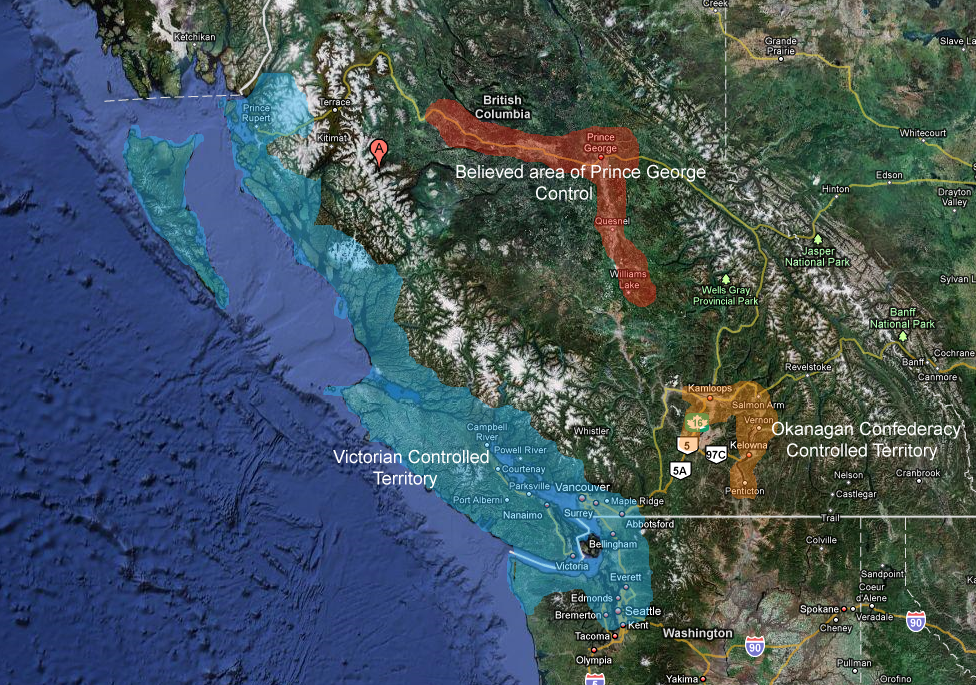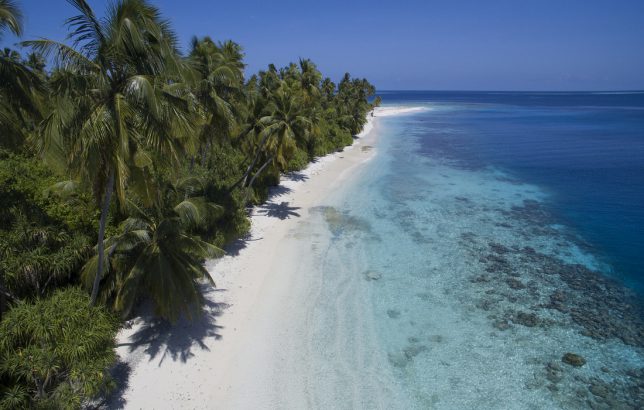Antigua Guatemala, Guatemala. It hosted Costa Rican and US refugees after DD
You are using an out of date browser. It may not display this or other websites correctly.
You should upgrade or use an alternative browser.
You should upgrade or use an alternative browser.
U.S. Marines with ROK forces near the DMZ, c. 1995.

Reagan National Airport, formerly known as Torrington Municipal Airport. It is used almost entirely by the most elite government and military officials, as civilian flights are not yet feasible on any large scale. Torrington, D.K., USA

The New Washington Monument in the final phases of construction. One of the many cherry trees that had been planted in Torrington to recreate the look of the original National Mall can also be seen in the photo.

The former Union Pacific train depot in south Torrington, now named the Ray Hunkins Torrington Station, in honor of the first President of the reconstituted United States.
Wouldn´t they stay on Jeju Island?U.S. Marines with ROK forces near the DMZ, c. 1995.
They would, but I would see them return to the DMZ for other purposes on the Korean government's request.Wouldn´t they stay on Jeju Island?
Santocilde Barracks, Astorga. It´s the HQ of the First Artillery Regiment of RUCL, which fought on the Bierzo War against Galicia

Portions of the wreckage of Tu-95 shotdown by RCAF fighter jets on Doomsday. The Victorian government decided to let the remains of the aircraft stay as reminder of that fateful day in world history.
Wouldn´t the USSR use ICBMs? Instead of a Tupolev?
Portions of the wreckage of Tu-95 shotdown by RCAF fighter jets on Doomsday. The Victorian government decided to let the remains of the aircraft stay as reminder of that fateful day in world history.

Nur Misuari, leader of the Moro National Liberation Front from 1972 to 1994 when the MNLF signed a peace deal with the Philippine government.
According to this articleWouldn´t the USSR use ICBMs? Instead of a Tupolev?

History of Victoria (1983: Doomsday)
Victoria is the westernmost survivor nation in Canada. Indigenous peoples have inhabited the territory that was once called "British Columbia", as described in their oral traditions, from time immemorial. There are claims by the English to have explored the region in the sixteenth century but it...
Share:

